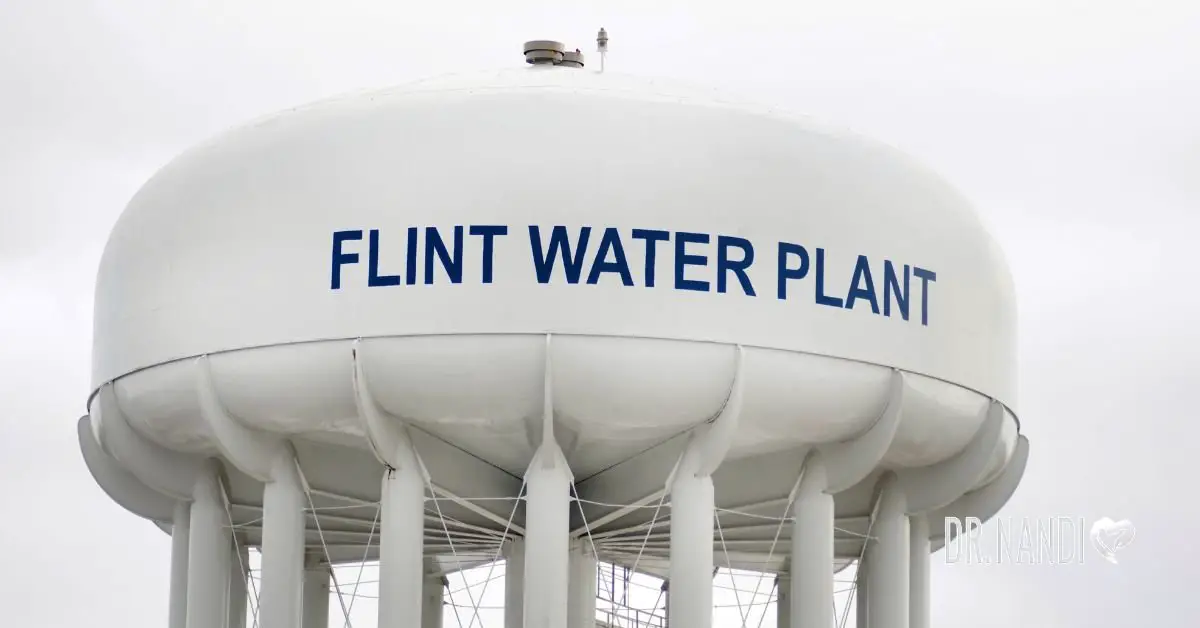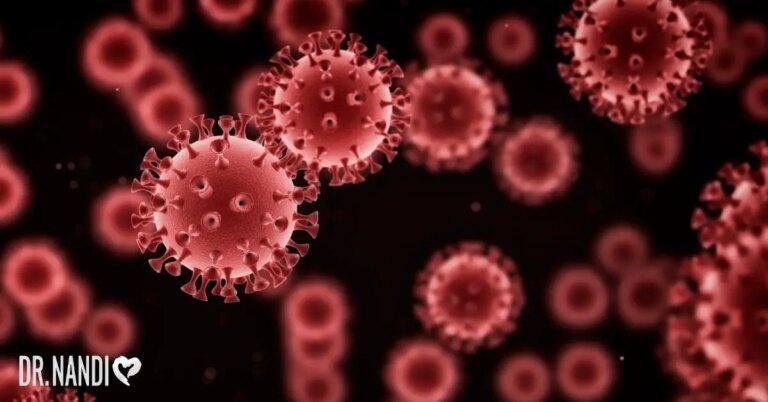Test results from cities across the United States, including Ann Arbor, Michigan, are showing quantities for PFAS higher than previously thought. Water is key to our survival and having high levels of these man-made chemicals is concerning to me. The Environmental Working Group (EWG) tested tap water in 44 locations across 31 states for PFAS. Only one had no detectable levels of PFAS. Two others had levels that were below the EWG’s recommended threshold of 1 part per trillion, but that is only 3 out of 44 that passed! The other 41 all had higher levels of PFAS than EWG says is safe. Ann Arbor, for instance, had a rating of 15.8 parts per trillion. And we’re talking major cities here like Miami, Philadelphia, and New Orleans. What this study shows is that there are far too many of us getting exposed to these “forever chemicals.”

What PFAS Are
PFAS is short for per- and poly-fluoroalkyl substances. They are a class of synthetic compounds used in manufacturing facilities. They were dubbed “forever chemicals” because they don’t break down in our bodies or degrade in the environment over time. They’re water-soluble and are used in a wide range of household items. This particular study from EWG tested for 30 kinds of PFAS, but there are more than 600 actively used today.
How Do PFAS Affect Us?
What’s concerning about PFAS is that many have not been studied, so we’re left in the dark about their potential toxicities. They can build up inside our bodies, especially in our organs and blood. PFAS attach to proteins that carry hormones, antibodies, and cholesterol, which can lead to health problems like high cholesterol and an increased risk of cancer. They may also be harmful to fetal development and lower the effectiveness of vaccines.

My Personal RX:
Based on the findings of the article, it’s clear that avoiding exposure to PFAS as much as possible is essential. I’d recommend taking the following steps:
- Install a Quality Water Filter: Consider installing a home water filter system that’s certified to remove PFAS. It’s the best way to ensure you’re not consuming these harmful chemicals via your tap water.
- Avoid PFAS-Infused Products: Try to avoid products that could contain PFAS. These can include non-stick cookware, stain-resistant furniture and carpets, waterproof clothing and outdoor gear, food packaging, and certain cleaning products.
- Be Informed About Your Local Water Supply: Stay informed about the PFAS levels in your local water supply. The EWG has a helpful guide that can help you understand the levels in your area.
- Healthy Lifestyle Choices: Eating a balanced diet rich in antioxidants and other nutrients can help support your body’s natural detoxification processes. Regular physical activity also supports overall health.
- Detox Bundle: In order to further support your body’s ability to process and eliminate toxins, consider trying my Detox Bundle. It includes targeted supplements designed to aid the body in dealing with toxic exposures, including PFAS.
- Download My Toxic Guide: Finally, I’d recommend downloading a free copy of my Toxic Guide. This comprehensive guide provides valuable information on different toxins, including PFAS, and practical strategies for reducing your exposure to them. It will also help you understand why detoxification is so important in today’s world.
Remember, the first step towards managing exposure to any toxin is awareness. Stay informed and make health-conscious decisions whenever possible.





















